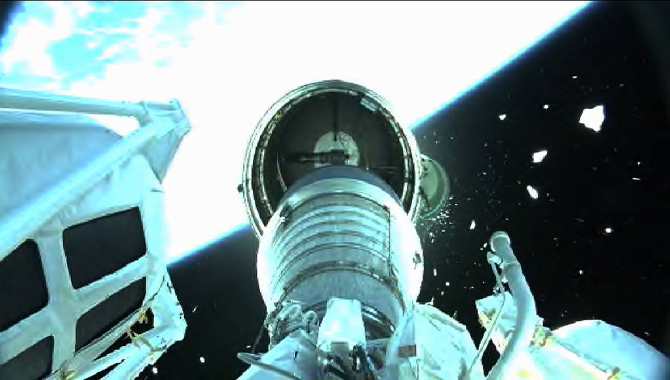
With the successful launch of OSIRIS-REx on September 8, 2016, NASA is on its way to orbit, survey, and sample a “time capsule” in space: the near-Earth asteroid Bennu.

With the successful launch of OSIRIS-REx on September 8, 2016, NASA is on its way to orbit, survey, and sample a “time capsule” in space: the near-Earth asteroid Bennu.
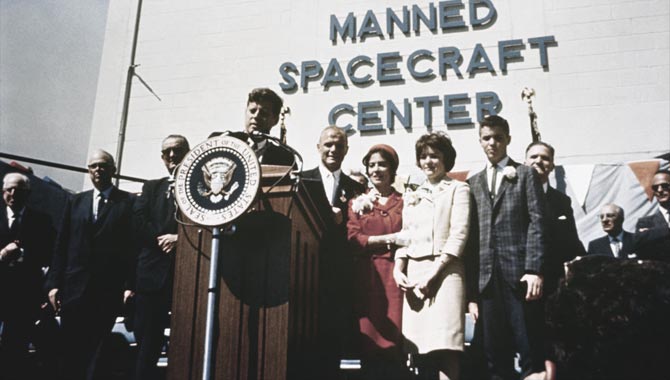
Fifty-five years ago, NASA announced that the Space Task Group (STG), formed to foster the U.S. human space exploration program, was headed for Houston.
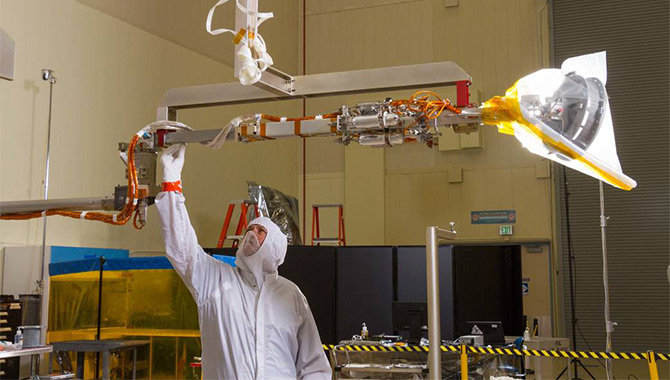
In September 2016, NASA will launch its first mission to orbit, study, and sample an asteroid in order to learn more about the origins of the solar system and life on Earth.
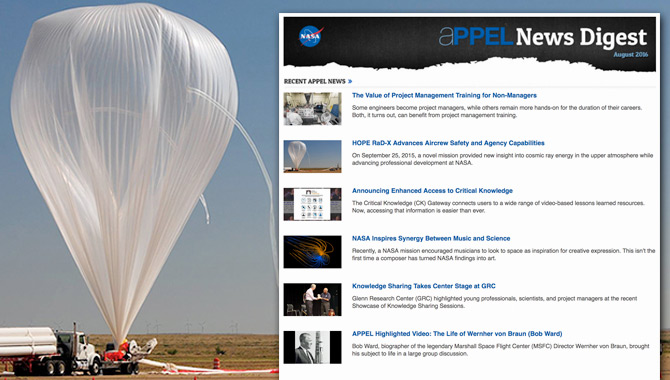
A new edition of the APPEL News Digest has been released. We invite you to read it today on our website.
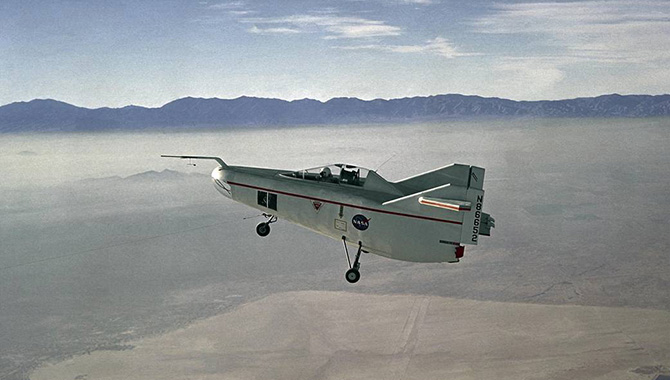
Fifty years ago this month, NASA launched the “flying bathtub” for a final time. Its legacy lived on for decades through the Space Shuttle Program.
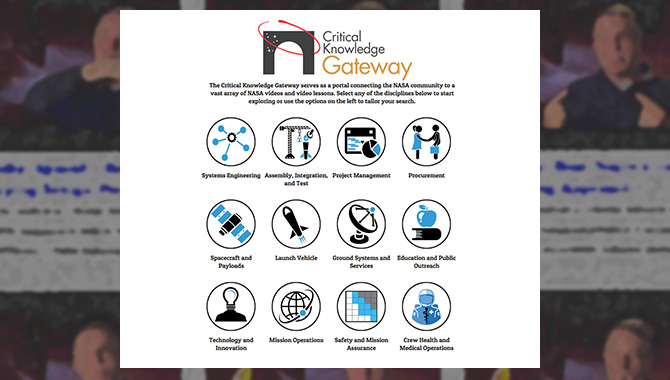
The Critical Knowledge (CK) Gateway connects users to a wide range of video-based lessons learned resources. Now, accessing that information is easier than ever.
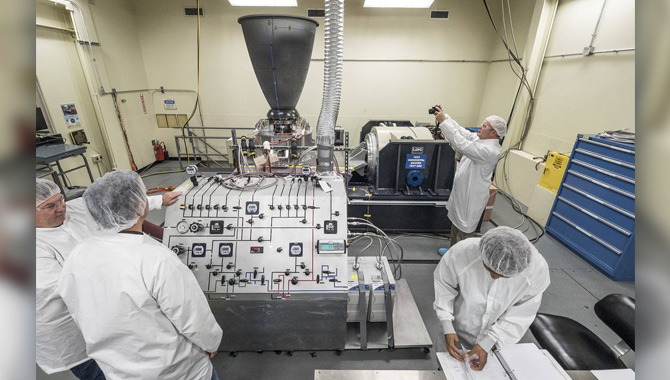
Some engineers become project managers, while others remain more hands-on for the duration of their careers. Both, it turns out, can benefit from project management training.
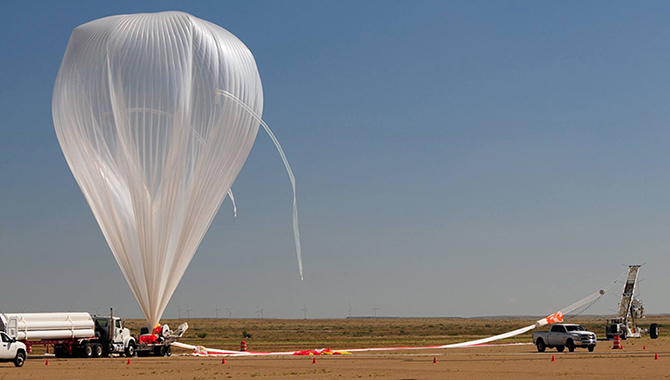
On September 25, 2015, a novel mission provided new insight into cosmic ray energy in the upper atmosphere while advancing professional development at NASA.
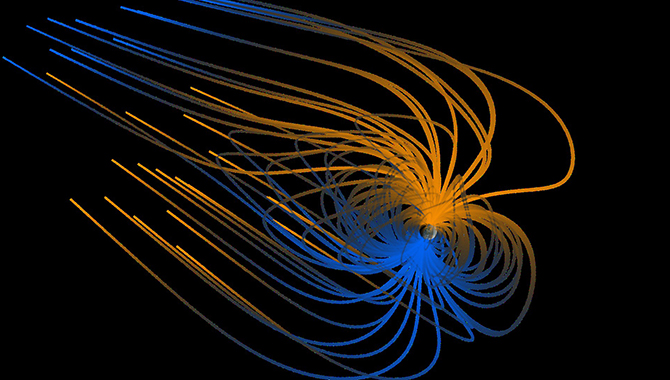
Recently, a NASA mission encouraged musicians to look to space as inspiration for creative expression. This isn’t the first time a composer has turned NASA findings into art.